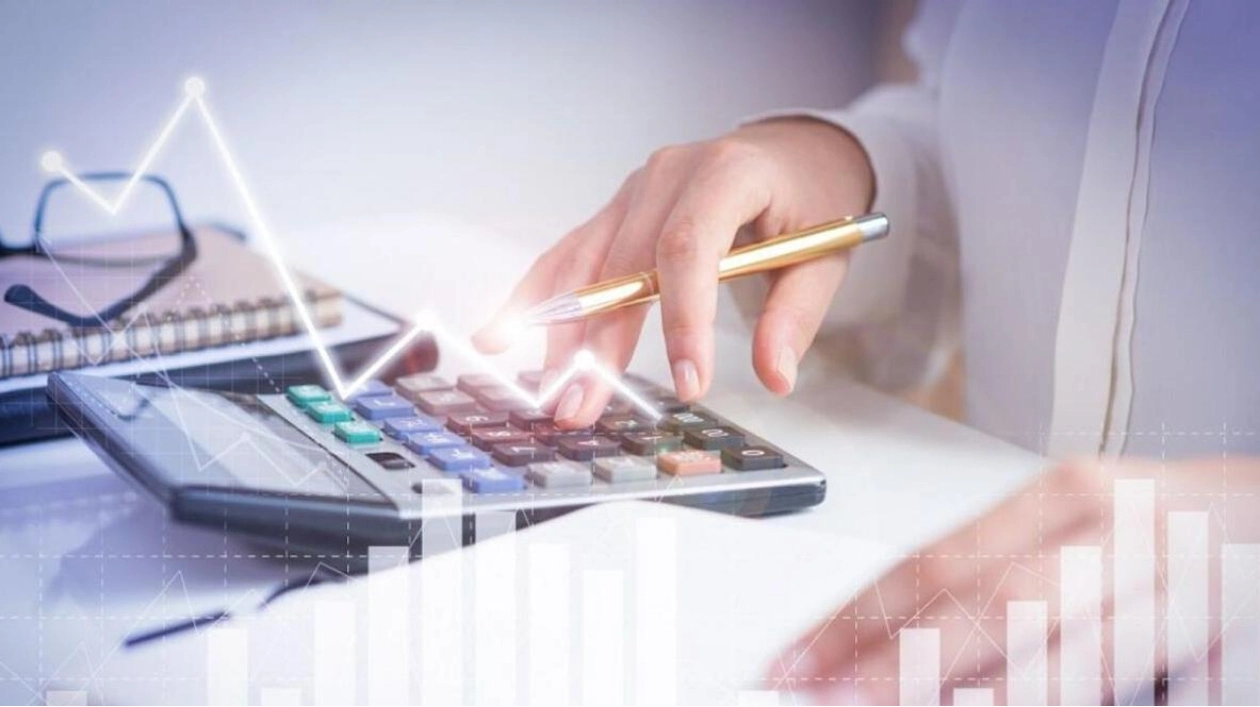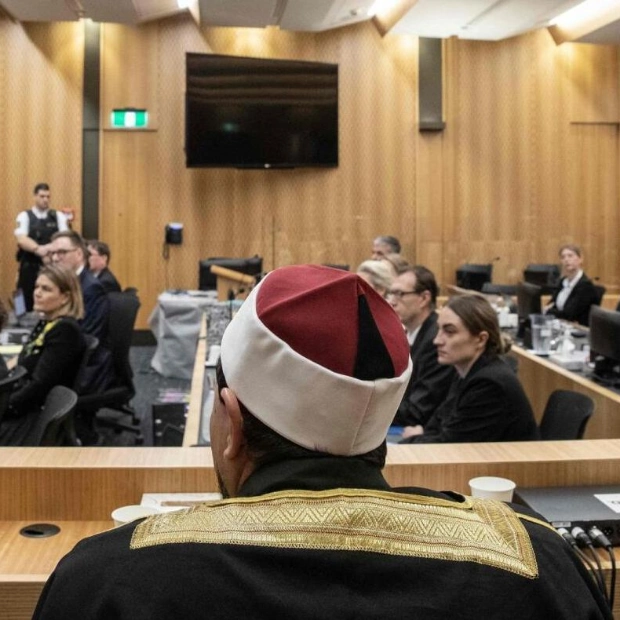An accountant meticulously calculates profit using financial analysis graphs, with a notebook, glasses, and calculator neatly arranged on a desk, symbolizing the essence of accountancy. This scene underscores the precision and detail required in financial management.
Khaleej Times has introduced a fresh initiative aimed at providing readers with expert perspectives on the implications of VAT and Corporate Tax on the UAE's business landscape. Here’s an expert viewpoint:
We are involved in the trade of second-hand goods in the UAE. Can we opt to pay VAT on the net margin to the FTA to stay competitive, or must we apply VAT on the total sales price? If we are allowed to use the net margin scheme for second-hand goods, we need clarification on:
- Which goods qualify for the profit margin scheme?
- What are the preliminary conditions for applying the profit margin scheme?
- How do we comply with and report these figures in our VAT return?
The profit margin scheme is a VAT accounting method tailored for second-hand goods, antiques, and certain other items. Under this scheme, VAT is applied only to the profit derived from the sale, rather than the entire selling price. This setup benefits sellers by reducing their VAT liability, allowing them to pass savings onto customers.
The profit margin is the difference between the purchase and selling prices of the goods, assumed to be VAT inclusive. The VAT amount is calculated by multiplying the profit margin by the tax rate and dividing by one hundred plus the VAT rate. For example, this can be represented as (Profit Margin * 5 / 105).
The profit margin scheme offers several advantages for businesses dealing in second-hand goods. Firstly, it significantly reduces VAT liability, as VAT is charged only on the profit margin, lowering the overall tax burden. This reduction translates into cost savings for buyers, enabling sellers to offer more competitive prices. Additionally, the scheme simplifies accounting processes, making VAT management easier for businesses. It also promotes sustainability by encouraging the resale of used goods, thereby reducing waste.
Article 43 of the UAE Corporate Tax Law allows registrants to calculate and charge tax based on the profit margin earned from taxable supplies, as detailed in the law's executive regulations. Article 29 of the VAT Executive Regulations permits the application of the profit margin scheme when purchasing movable second-hand goods, such as cars, antiques over 50 years old, and collectibles like stamps and coins, from unregistered sellers or those using the profit margin scheme, provided these goods have been taxed in the UAE.
The selling price includes all amounts received for the goods, whether from the buyer or a third party, including incidental expenses directly related to the sale and accessories installed prior to the sale. Disbursements, however, are not included in the selling price and should be recorded separately.
For instance, if the purchase price of an item is Dh10,000, with total incidental expenses of Dh650 and in-house expenses of Dh750, the overall selling price is Dh12,500, with additional disbursements of Dh200 not included in the selling price. The net margin is Dh1,850 (12,500 - 10,650), and the net VAT payable is Dh88.095 (1,850 * 5 / 105).
The profit margin scheme is optional. If the buyer chooses not to apply it, they may struggle to remain competitive in the market. For example, if a car is purchased for Dh100,000 from an unregistered seller, the sales price would be Dh157,500 (Dh150,000 plus VAT), resulting in an output tax of Dh7,500 owed to the FTA. However, if the profit margin scheme is applied, the sales price would be Dh150,000, providing an advantage to sellers using the scheme. In this case, the net amount of VAT to be deposited with the FTA would be Dh2,380.95, calculated as [(Dh150,000 – Dh100,000) * 5 / 105].
When applying the profit margin scheme, the buyer cannot claim input tax, as they will not receive a tax invoice from the seller that explicitly states the amount of VAT. The unregistered seller does not issue a tax invoice, and even a registered seller applying the profit margin scheme will present the full selling price on the invoice, which is assumed to be inclusive of VAT.
The VAT-registered buyer of eligible goods will issue a tax invoice that lists the full value of the goods without specifying the VAT amount. This sales price will be considered VAT-inclusive, and the seller must include the statement “VAT was charged with reference to the profit margin scheme” on the invoice, along with all other contents of the invoice as outlined in Article 59 of the law.
When reporting in the tax return, the purchase will be entered in Box 9 without any corresponding input tax amount. The sales figure (exclusive of VAT) will be reported in Box 1, with the related output tax recorded in the designated box. For example, if a car was purchased for Dh100,000 and sold for Dh150,000, Dh100,000 will be reported in Box 9 with no input tax. The output tax amount of Dh2,380.95, calculated as [(150,000 - 100,000) * 5 / 105], will be reported as output tax in front of corresponding Box No.1. The net sales amount of Dh147,619.05 (calculated as 150,000 - 2,380.95) will be recorded in Box 1 for the respective Emirates.
When applying the profit margin scheme, the taxable person must notify the FTA at the time of submitting the return by selecting the appropriate box to avoid any penalties related to this. Eligible businesses are advised to apply the profit margin scheme to remain competitive in the market, and they should maintain a checklist to ensure compliance with all legal requirements.
About the expert: Mahar Afzal is a managing partner at Kress Cooper Management Consultants. The above is not an official statement of Khaleej Times but an opinion of the writer. For any queries/clarifications, please feel free to contact him at mahar@kresscooper.com.
For those with tax-related queries or who simply wish to stay informed on how the new laws and changes might impact them, Khaleej Times is here to help. Questions can be sent to taxquery@khaleejtimes.com or inquiries can be made by calling +971-4-3384545.
Source link: https://www.khaleejtimes.com






